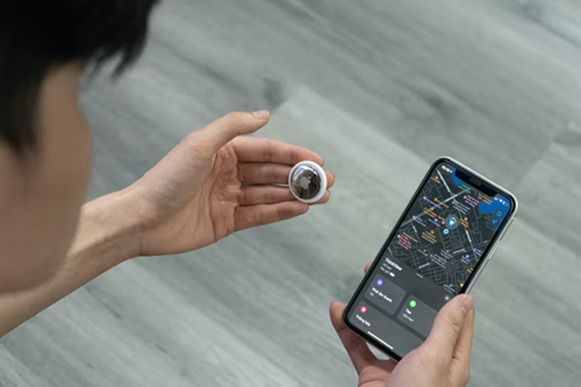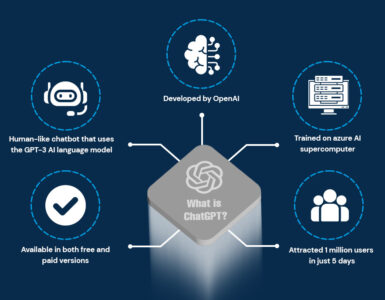Many technological breakthroughs help companies across sectors improve logistics efficiency while keeping costs low and giving expert technical support with several activities ranging from delivery scheduling to allocation to routing to real-time tracking and tracing. Below are some ways through which technology can help you in solving some of the biggest challenges of all time in the first and last-mile delivery.
- Dynamic Routing to reduce delivery timing: Trying to figure out the best route to take to go to a specific location in a certain amount of time is a huge challenge for every driver. Smart businesses are embracing modern dynamic routing systems to ensure that the best last-mile solution offers faster delivery, more profits, and more enjoyable experiences. Thanks to dynamic routing, logistics managers can keep track of their executives and fleet in real-time. It would recommend efficient routes for expediting package delivery.
- Auto Dispatching reduces service time and saves on labor cost: The routing software will appeal to logistics managers. It not only effectively distributes resources but also keeps final-mile costs under control. The application assists you in organizing your routes, assigning tasks to drivers, and even tracking their location. By saving time and reducing the number of drivers on the road, it aids in the reduction of inefficiencies. The dispatch automation solution automates the entire process, reducing the escalating costs of last-mile delivery.
- End-to-end control of Delivery Operations: The last mile is made or broken by the visibility of ground-level delivery activities. Businesses may have 100 percent insight into logistics operations by utilizing contemporary logistics technology right from the time a consumer puts an order. Ground-level actions may be tracked in real-time, allowing logistics managers to immediately correct discrepancies as they arise.
- Proof of Delivery (PoD) for greater transparency and efficiency: Proof of delivery improves the transparency of the whole last-mile service system. A proof of delivery (POD) is a concise document that includes the recipient’s signature, date and time stamp, a photo of the box, and other information to show that the item has been delivered. The entire delivery procedure may be made more consumer-pleasant by taking one easy step. The PoD is usually connected to a smartphone app that includes capabilities such as photo collecting, signatures, barcode scanning, and notes, which drivers may input while delivering the delivery.
- Accurately Benchmark KPIs: Using a modern logistics platform, businesses can easily evaluate KPIs and improve SLA adherence. Through a single pane of glass, logistics stakeholders may view critical delivery benchmarks such as executive performance, delayed deliveries, customer ratings, ETA adherence, pending deliveries, 3PL performance, and more.
- Flexible Deliveries: Rigid logistical processes are big roadblocks when it comes to offering outstanding customer experiences. Customers may self-serve their packages using last-mile delivery software. It allows users to change their location and time on the fly based on their needs. Such a system may readily respond to such changes by altering operations based on client expectations.
When applying for goods online – you fill in all the required details – physical and delivery address, etc but yet the courier company will still call you afterward to retake that address. More time wasted. Notifications to customers or self-service options that can link directly to courier companies using API/integrations can solve the duplication of data as well as decrease the risk of inaccurate data being processed. This is a great example of how first-mile delivery processes affect the last-mile delivery process.
- Crowdsourcing Deliveries: With the expanding demand for home deliveries, it’s getting more difficult for businesses to scale up their delivery operations while remaining cost-effective. Businesses in a variety of industries may be able to increase their delivery operations by utilizing a sophisticated logistics system powered by crowdsourcing approaches. It can quickly register temporary or part-time executives by monitoring the gig economy. It recruits CEOs based on cost, productivity, urgency, location, and other considerations.
- Focus on Customer Experience: With severe competition and each logistics company striving for a piece of the pie, focusing on the customer experience is essential for success. Maintain as much transparency with your customers as possible. Allow for the usage of all consumer communication methods. It’s vital to go beyond the static tracking statistics. Allow them to be a part of a real-time feedback loop and, if required, speak with the driver.
How SFL Can Help You
Soft Freight Logic is a logistics expertise company that aims at creating technological solutions to help businesses grow. It has delivered 500+ successful digital solutions, catering to the needs of 85+ clients in 42+ countries, with over 22+ CargoWise Certified solutions. SFL’s employees are led and encouraged by a management team that possesses a unique blend of technical expertise and commercial acumen in the logistics sector.
SFL has partnered with some of the world’s top supply chain service providers to make logistics more efficient and faster through seamless technological solutions which further helps in simplifying the challenges faced in the first and last-mile delivery. All this will eventually help you in speeding up the growth rate of your business by ensuring full customer satisfaction.
So, if you want to take your business to new heights of success, start with SFL now!







